In 2004, North Macedonia (then the Former Yugoslav Republic of Macedonia) issued a series of stamps dedicated to its cultural heritage, specifically focusing on traditional crafts. These stamps showcase the rich artisan traditions and the cultural identity of the country. Here’s a detailed overview of the 2004 Cultural Heritage – Crafts stamps set from North Macedonia:
Overview of the 2004 Cultural Heritage – Crafts Stamps Set
Theme and Purpose
- Theme: The series highlights various traditional crafts that are an integral part of North Macedonia’s cultural heritage.
- Purpose: To celebrate and preserve the knowledge and skills involved in these traditional crafts, and to promote awareness of the country’s cultural history.
Design and Details
- Designs: Each stamp in the series features a different traditional craft, with detailed illustrations that showcase the artisans and their work.
- Artwork: The designs are typically colorful and detailed, capturing the essence of each craft
- Pottery
- Description: Depicts a traditional potter at work, shaping clay on a potter’s wheel.
- Significance: Pottery is a long-standing tradition in North Macedonia, with unique styles and techniques passed down through generations.
- Weaving
- Description: Features a weaver working on a loom, creating intricate patterns typical of Macedonian textiles.
- Significance: Weaving is a significant craft in the region, known for its colorful and detailed designs used in traditional clothing and household items.
- Woodcarving
- Description: Illustrates a woodcarver chiseling detailed patterns into wood, a craft used in furniture making and religious art.
- Significance: Woodcarving is a prominent craft, especially in the creation of ornate religious icons and decorations for Orthodox churches.
- Filigree
- Description: Shows a jeweler working on fine filigree jewelry, a delicate and intricate craft.
- Significance: Filigree work is a renowned Macedonian craft, known for its delicate designs and fine metalwork.
Collecting Tips
- Condition:
- Mint Condition: Look for stamps in mint condition, with no damage or postmarks, as these are typically more valuable.
- Used Stamps: If collecting used stamps, ensure the postmarks do not obscure the design.
- Complete Sets:
- Collecting the complete set of the Cultural Heritage – Crafts stamps is often more rewarding and can be more valuable.
- First Day Covers (FDCs):
- First Day Covers with these stamps, canceled on the day of issue, are popular collectibles.

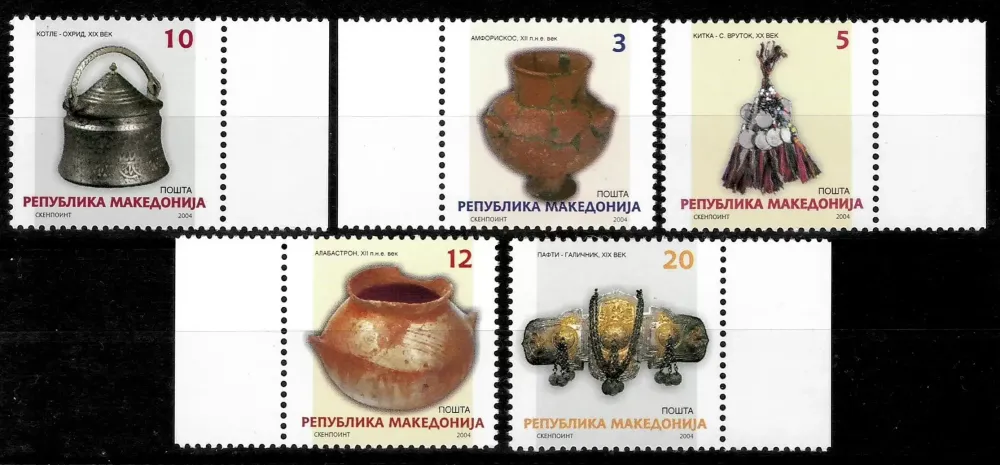

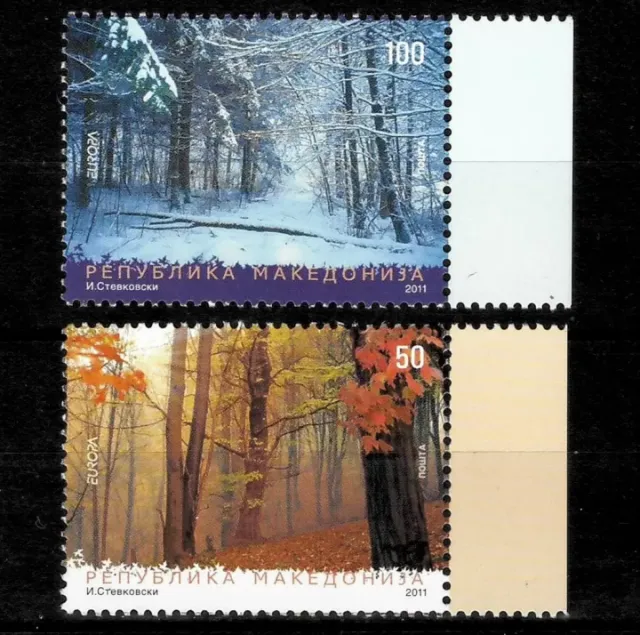

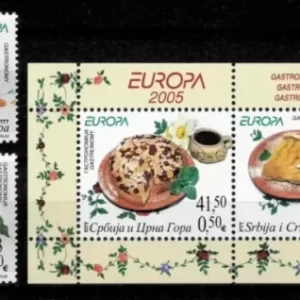
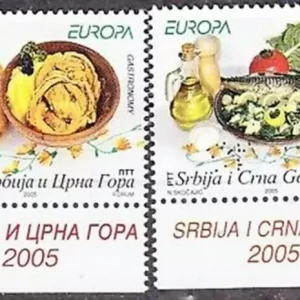
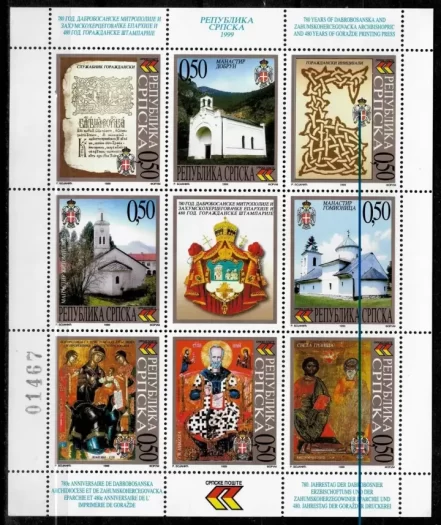

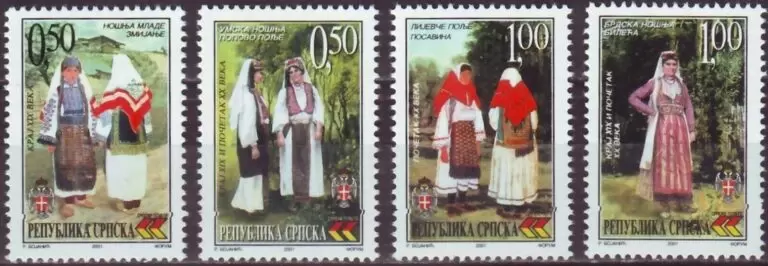
Reviews
There are no reviews yet.